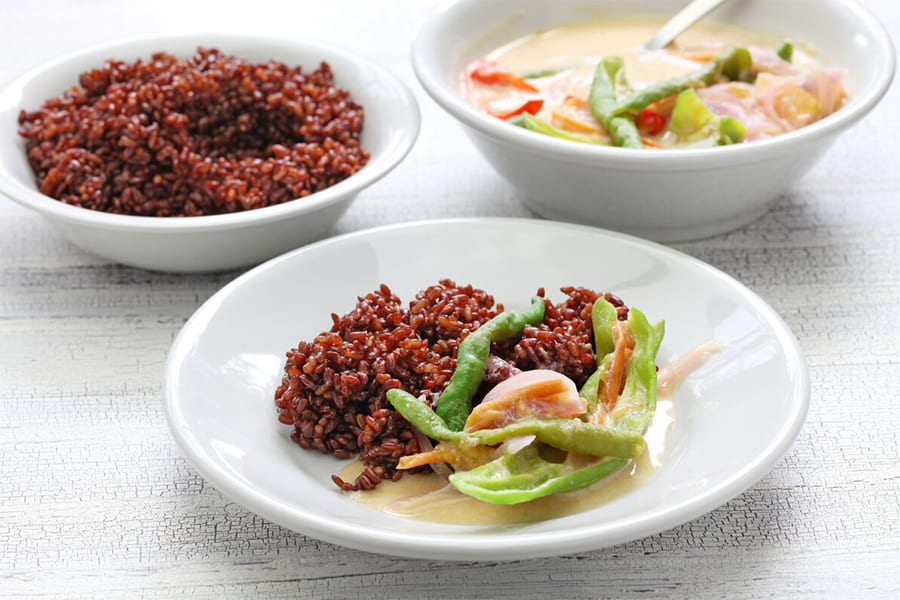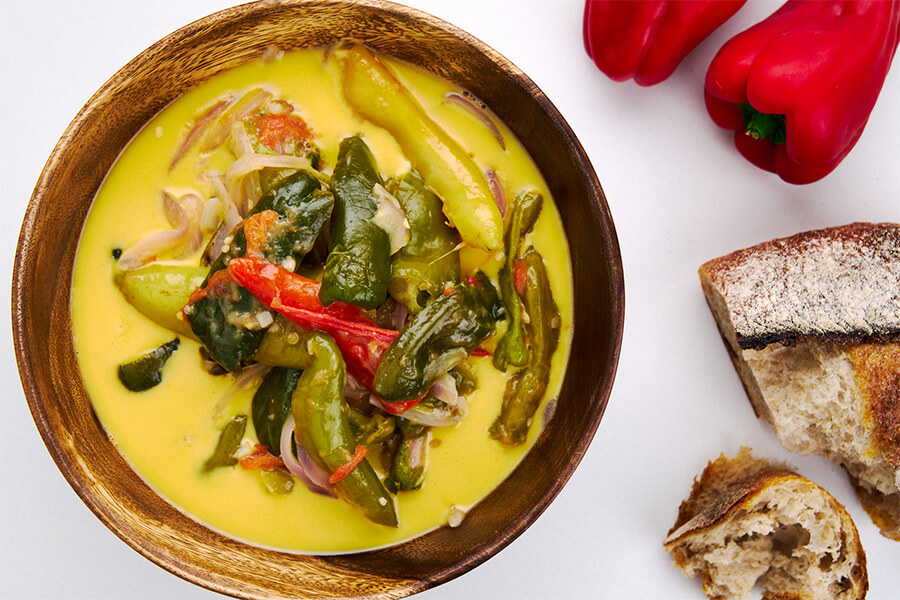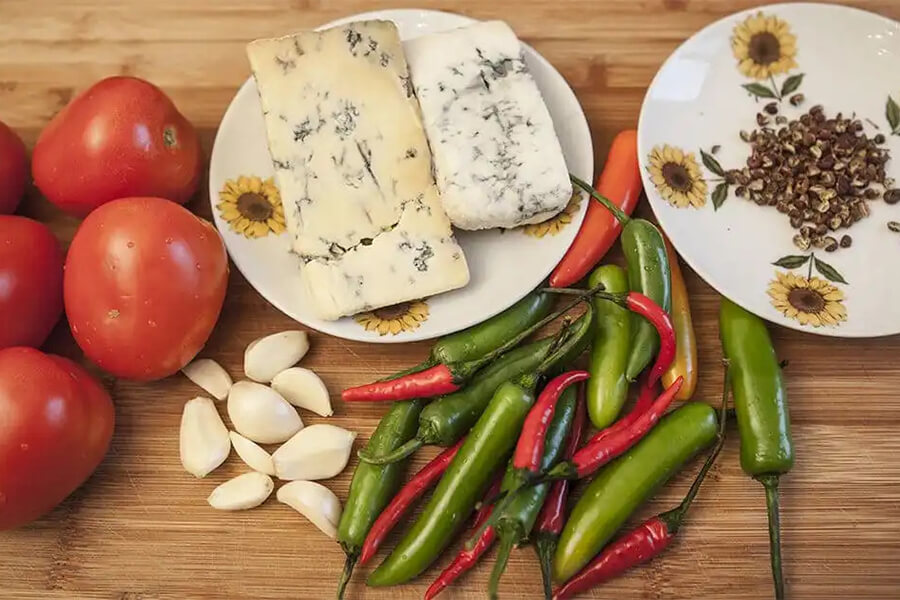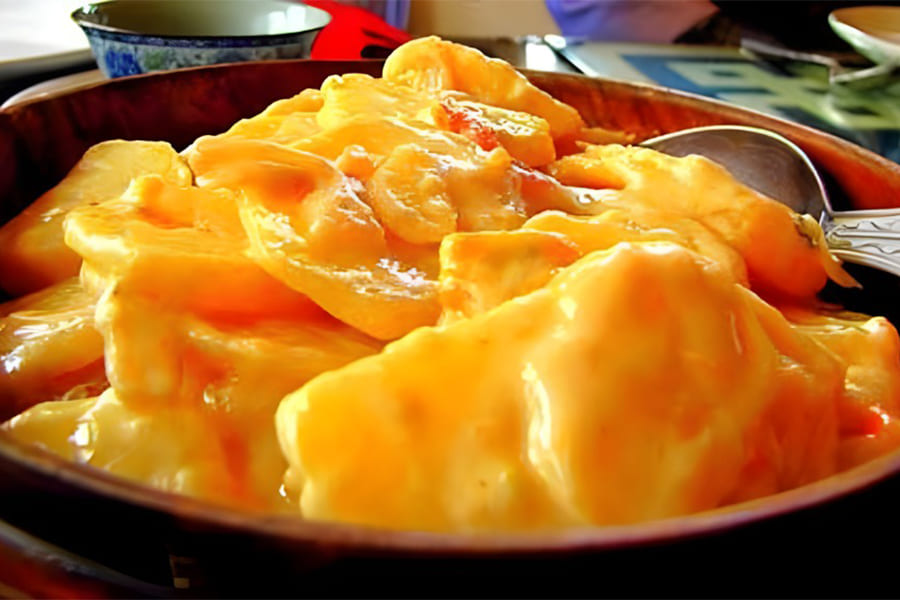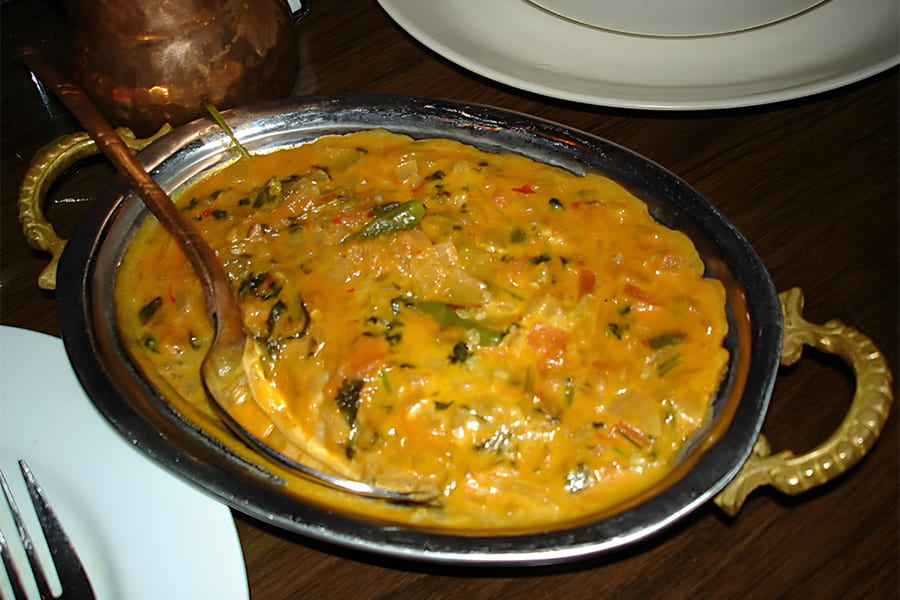Discover the fiery soul of Bhutan food with Ema Datshi, the national dish of chili and cheese, on a Bhutan tour. This bold, creamy stew embodies Bhutan’s cultural heritage, captivating food lovers with its authentic Ema Datshi recipe. Explore its significance and learn to craft this iconic Bhutan Ema Datshi dish, a highlight of any Bhutan tour.
Introduction to Ema Datshi
What is Ema Datshi?
Ema Datshi, often called the national dish of Bhutan, is a fiery yet flavorful stew made from chilies ("ema") and cheese ("datshi"). The name Ema Datshi literally translates to "chili and cheese" in Dzongkha, Bhutan’s national language. This simple yet bold dish is a staple in Bhutanese cuisine, celebrated for its spicy kick and creamy texture. Whether enjoyed in a traditional Bhutanese home or through a modern Ema Datshi recipe, it embodies the kingdom’s love for bold flavors and local ingredients, making it a must-try for food enthusiasts exploring Bhutan Ema Datshi.
Cultural Significance of Bhutan Ema Datshi
Ema Datshi Bhutan is more than just a dish; it’s a cultural cornerstone that reflects Bhutan’s culinary heritage and communal spirit. Served at family gatherings, festivals, and even religious ceremonies, it symbolizes warmth and togetherness. The dish’s reliance on locally grown chilies highlights Bhutan’s agricultural traditions, while its versatility allows it to pair with rice, bread, or other Bhutanese staples like red rice. For visitors, tasting Bhutan Ema Datshi offers a glimpse into the kingdom’s philosophy of Gross National Happiness, where food fosters connection and joy.
Ema Datshi Ingredients
Essential Vegetables and Chilies
The heart of an Ema Datshi recipe lies in its core ingredients: fresh chilies and vegetables. Green or red chilies, often a mix of both, provide the dish’s signature heat. Common varieties include Anaheim, jalapeño, or Bhutanese local chilies like the fiery Sha Ema. Vegetables such as onions, tomatoes, and occasionally garlic add depth and balance to the spice. For authenticity, use fresh, locally sourced produce, as Bhutanese cuisine emphasizes simplicity and quality.
What Cheese is Used in Ema Datshi?
Traditional Ema Datshi Bhutan uses yak cheese or locally made cow’s milk cheese, known as datshi, which is soft, creamy, and slightly tangy. This cheese melts smoothly, creating the dish’s rich, velvety texture. Outside Bhutan, substitutes like processed cheese, feta, or a mix of cheddar and mozzarella can replicate the flavor, though they may lack the distinct tang of Bhutanese datshi. For the best results, choose a cheese that melts well and complements the chilies’ heat.
Optional Variations for Modern Tastes
While purists stick to the classic recipe, modern variations of Ema Datshi incorporate ingredients like mushrooms, potatoes, or spinach for added texture. Some recipes add cream or butter for richness, while others experiment with milder chilies for those less accustomed to spice. These adaptations make the dish accessible to diverse palates while preserving its Bhutanese essence, perfect for home cooks tweaking the Ema Datshi recipe to suit their preferences.
Ema Datshi Calories and Nutritional Value
Average Calories in Ema Datshi Bhutan
The calorie content of Ema Datshi Bhutan varies based on ingredients and portion size. On average, a 1-cup serving (about 240 grams) contains approximately 200–300 calories. This includes 150–200 calories from cheese, 20–50 calories from chilies, and 30–50 calories from vegetables like onions or tomatoes. Additional ingredients like butter or oil can increase the count. While not overly heavy, the dish’s richness comes from cheese, making portion control key for calorie-conscious diners.
Health Considerations and Portion Tips
Bhutan Ema Datshi is nutrient-dense, offering vitamins A and C from chilies, which boost immunity and metabolism. However, its high cheese content means it’s rich in fats and sodium, so moderation is advised, especially for those with dietary restrictions. Pairing Ema Datshi with fiber-rich red rice or vegetables can balance the meal. A typical serving is 1/2 to 1 cup, ideal as a side dish rather than the main course, to enjoy its flavors without overindulging.
How to Make Ema Datshi?
Preparing Chilies and Vegetables
To create an authentic Ema Datshi recipe, start with 10–12 fresh green or red chilies (about 200 grams), sliced lengthwise with seeds intact for maximum heat. Remove seeds for a milder version. Dice one medium onion (100 grams) and one tomato (100 grams) for sweetness and balance. Optionally, mince 2–3 garlic cloves for extra flavor. Rinse all vegetables thoroughly to remove dirt, ensuring vibrant, fresh ingredients that reflect Bhutanese simplicity.
Melting the Cheese and Blending Flavors
In a medium saucepan, combine the sliced chilies, onions, tomatoes, and garlic with 1 cup of water. Add a pinch of salt and 1–2 tablespoons of vegetable oil or butter. Bring to a boil, then simmer for 10–15 minutes until the chilies soften. Add 200 grams of crumbled datshi or substitute cheese (e.g., feta or mozzarella), stirring gently until it melts into a creamy sauce. Adjust seasoning with salt, and simmer for 2–3 minutes to blend flavors, ensuring a cohesive, spicy stew.
Cooking Time and Serving Suggestions
The total cooking time for Ema Datshi is about 20–25 minutes, including prep. Serve hot with Bhutanese red rice, flatbread, or steamed vegetables for a complete meal. Garnish with fresh cilantro for a modern touch, and offer a side of yogurt or milk to soothe the spice for sensitive palates. This dish is best enjoyed fresh, as reheating may alter the cheese’s texture, but it can be stored refrigerated for up to two days.
Modern Twists – Ema Datshi on Wheels
Food Truck Versions of Bhutan Ema Datshi
The global rise of food trucks has brought Bhutan Ema Datshi to urban streets, with vendors adapting the dish for on-the-go diners. Food truck versions often serve Ema Datshi as a topping for flatbreads, tacos, or sliders, blending Bhutanese flavors with global street food trends. These adaptations use milder chilies and processed cheese for broader appeal, making Ema Datshi Bhutan accessible to foodies worldwide while retaining its spicy, cheesy core.
Fusion Ema Datshi Recipes
Creative chefs have reimagined Ema Datshi in fusion dishes, such as Ema Datshi pizza, where the chili-cheese mix tops a thin crust, or Ema Datshi pasta, blending the stew with creamy fettuccine. Other innovations include Ema Datshi stuffed peppers or dumplings, combining Bhutanese heat with international formats. These recipes maintain the essence of Ema Datshi - spicy chilies and melted cheese - while introducing new textures and presentations, perfect for adventurous cooks experimenting with Ema Datshi recipes at home.

